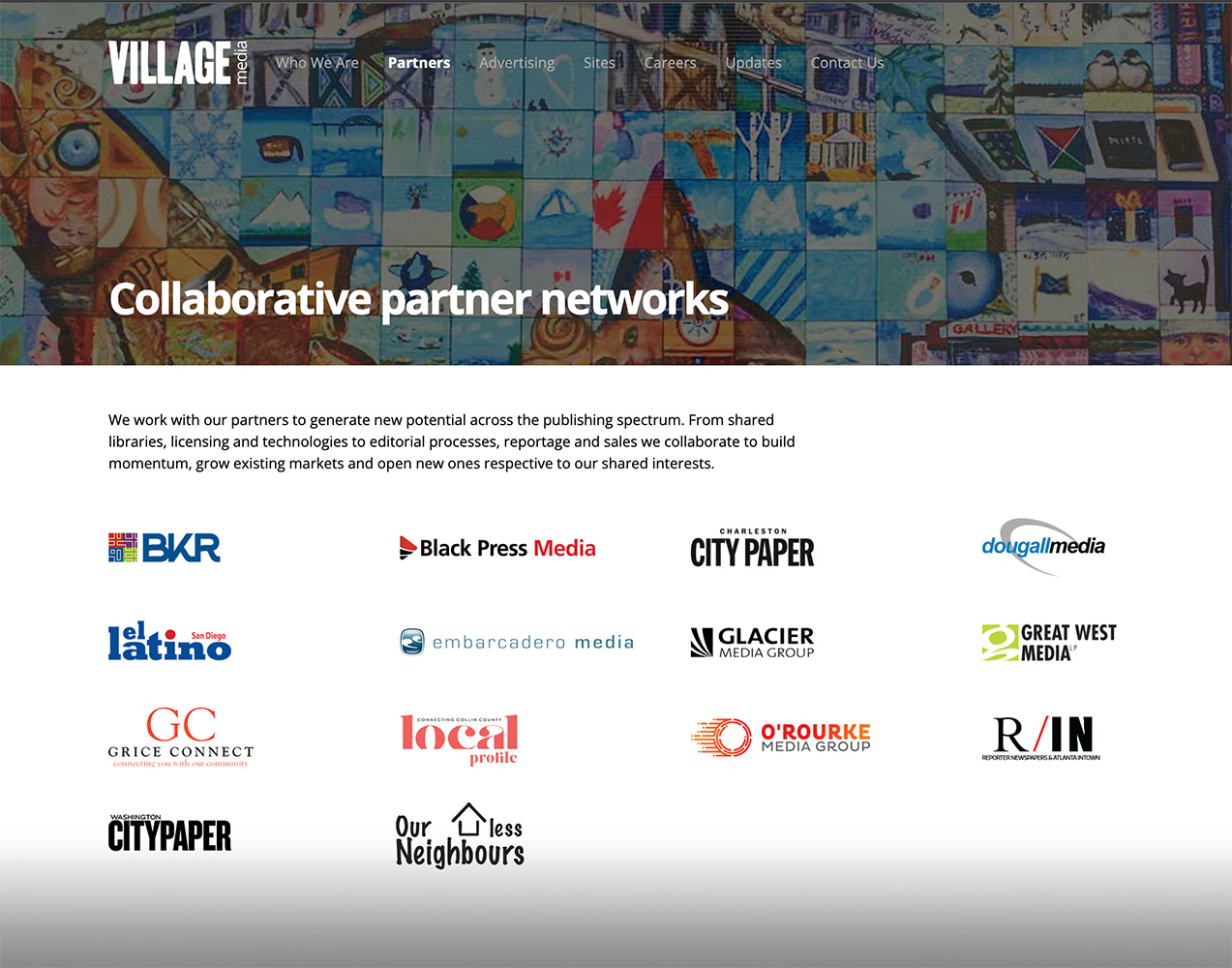Our Homeless Neighbours
"Our Homeless Neighbours" is a project that I did in my third semester of school. The project aimed to raise awareness of the homeless epidemic in Northern Ontario. I started with researching empathy and how to create a connection between the viewer and the campaign material. I found two things: people are more likely to care about something that affects them directly, and people love to stay ignorant of problems. These two discoveries would be the basis for the entire campaign.




First, I considered how to make people connect with the problem of homelessness by showing them that it affects them. That's where the foundation of the campaign was formed. I decided to create targeted ads that would show the viewer stats in their city. This would both tie them in and help them empathize with the problem. That's not where I stopped though, because it is awfully hard to empathize with a statistic. I wanted to show through this campaign that these people were more than just numbers, which is why the ads would also include a local person who has or is suffering from homelessness. The ad would also have a quote and a link to see their full story. This is where the name ended up coming from: "Our Homeless Neighbours" is based on the idea that everyone you see in the campaign is quite literally your neighbour.




The next problem I had to work on was people trying to avoid learning about the problem. This next part might be considered gorilla marketing, but at the time, I was just trying to solve the problem of getting viewers to learn something before they knew what they were reading about. The plan was to replace the non-mandatory bold text on some food products with the cities' statistics. For instance, the Bush's Best's label said something about being 97% fat-free. I replaced the label with one designed to mimic the old one with updated text that has the statistics of the Sault's homeless estimates. I also added a call to action by showing theoretically how many people the product could feed. On the back of the product's packaging would be the local person's quote and picture, along with a link to find their article and more.


I noticed this campaign would require extensive research to collect enough stories from homeless people across the north. This made me think of teaming up with a group like Village Media, as they already have a history of reporting on the homeless epidemic across the north. It would also allow the use of their web page and viewers to help the campaign gain more traction.
The final part of the campaign would be a testimonial video from every person who was interviewed for the articles. These would be used as YouTube ads and would begin with them saying, "Hello "City Name Here", my name is ____, hear my story." Before going into the video to hopefully stop people from skipping over the ads. These would also be targeted to the city of the individual who is interviewed in the specific ad.

